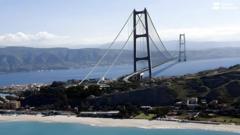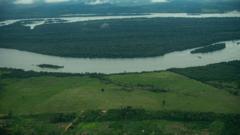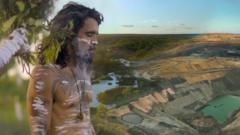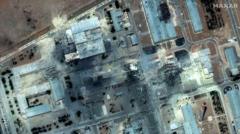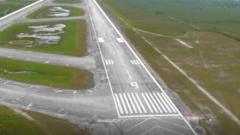Federal officials reported that a radioactive wasp nest with radiation levels exceeding safety standards was found at the Savannah River Site in South Carolina, igniting environmental watchdog concerns even though the contamination was not linked to a waste leak.
Discovery of Radioactive Wasp Nest Raises Concerns at Historic Nuclear Site
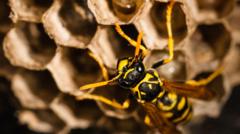
Discovery of Radioactive Wasp Nest Raises Concerns at Historic Nuclear Site
A wasp nest exhibiting tenfold radiation levels was uncovered at the former Savannah River nuclear facility, sparking scrutiny and questions regarding safety measures.
A radioactive wasp nest exhibiting radiation levels ten times above permissible limits was discovered at the Savannah River Site (SRS), a historic facility that formerly produced components for U.S. nuclear weapons. Officials with the U.S. Department of Energy revealed in a report released last week that the nest was removed by spraying it to eliminate the wasps before being bagged as radiological waste. Interestingly, upon inspection, no wasps were found at the site near Aiken, where millions of gallons of liquid nuclear waste are stored.
Initial investigations have clarified that the contamination discovered is not connected to any leaks from nuclear waste storage tanks, alleviating immediate environmental or public safety concerns. The nest was found during routine inspections on July 3, leading authorities to attribute the elevated radiation levels to "onsite legacy radioactive contamination," a remnant of the site's Cold War-era activities when it manufactured plutonium for nuclear weapons.
The Savannah River Site continues to operate, albeit with a shift toward supplying nuclear material for power generation. According to the Department of Energy report, the wasps that inhabited the nest would have exposure to lower radiation levels compared to the nest itself, as they typically remain close to their nesting area. The site, encompassing 310 square miles, suggests minimal risk of the wasps straying beyond its borders.
Environmental advisory group Savannah River Site Watch has expressed discontent with the incident, emphasizing that unanswered questions linger regarding the source of the radioactive waste and potential leaks. “I’m as mad as a hornet that SRS didn’t explain where the radioactive waste came from or if there is some kind of leak from the waste tanks that the public should be aware of,” remarked spokesman Tom Clements.
The Savannah River Site has generated over 165 million gallons of liquid nuclear waste, with 43 underground tanks still operational and eight closed down, highlighting the continued complexities surrounding the management of nuclear byproducts in the region.

